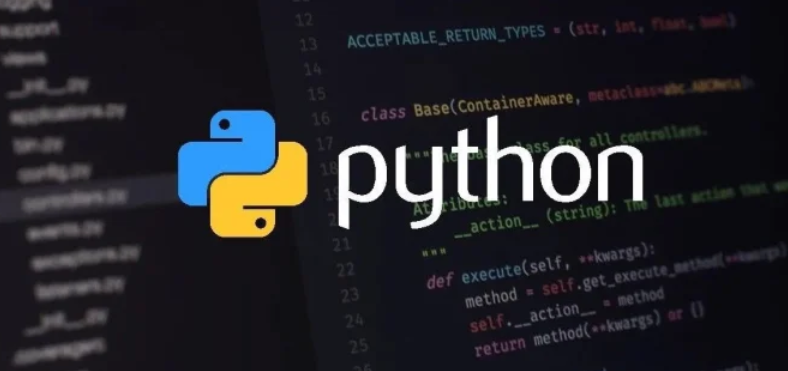Learning Python becomes far more effective when you apply concepts through practical exercises rather than only reading theory. Many beginners start writing simple programs, but consistent practice with coding challenges Python tasks gives you a competitive edge, helps you master logic building, and prepares you for technical interviews and real project development. Whether you are an aspiring developer or an experienced professional refining your skills, structured practice is the fastest way to transition from understanding concepts to confidently solving real-world programming problems.
Python is one of the most beginner-friendly yet powerful languages, used everywhere from automation and data science to application development and artificial intelligence. What makes practice crucial is the language’s versatility.
Why Solving Challenges Matters
Programming is a skill developed through repetition and exploration. You learn by doing. Handling challenges teaches you how to:
- Understand problems clearly and break them into steps
- Apply logic, conditions, loops, and functions efficiently
- Find mistakes and debug logically
- Choose the right data structure for the problem
- Gain problem-solving confidence
When you practice consistently, you start to recognize patterns in algorithms. You also become comfortable with reading technical questions, designing an approach, and implementing it without overthinking. The more you push your limits, the stronger your programming thinking becomes.
Popular Types of Python Coding Challenges
Python challenges are categorized based on their complexity and application. Some of the most popular include:
1. Data Structure-Based Problems
These problems help you understand how Python stores and manages data. For example:
- Array and list manipulation
- Sorting and searching
- Hash maps and dictionaries
- Linked list operations
- Stack and queue simulation
These tasks teach you to handle input data efficiently and optimize performance.
2. String Manipulation
Many interview questions involve working with strings. Challenges in this category may include:
- Counting characters
- Removing duplicates
- Checking palindromes
- Pattern matching
- Converting formats
Solving these helps you improve your slicing, looping, and built-in method usage.
3. Algorithmic Challenges
These are logic-based problems that enhance your understanding of:
- Recursion
- Dynamic programming
- Greedy strategies
- Backtracking
- Searching and sorting logic
Working on these makes you better at designing step-by-step solutions.
4. Mathematics and Logical Puzzles
Examples include:
- Prime number calculations
- Fibonacci series
- Matrix operations
- Divisibility logic
These strengthen your mathematical thinking and help in competitive programming.
5. Real Application-Based Challenges
These tasks feel closer to real projects, such as:
- Building a calculator
- Simulating an ATM
- Automating emails
- Creating a password generator
- Simple database storage
They give you hands-on experience with real-world development problems.
How Beginners Can Start
If you are just starting, begin small. Do not rush into solving advanced problems. You can adopt this simple approach:
Step 1: Understand Python Fundamentals
Spend time learning:
- Variables
- Input and output
- Conditional statements
- Loops
- Functions
- Lists, sets, and dictionaries
Once these feel natural, move on to basic challenges.
Step 2: Start Solving Easy Problems
Begin with exercises like:
- Reversing a string
- Counting vowels
- Finding the maximum in a list
- Checking even or odd
These warm you up and improve your confidence.
Step 3: Increase Difficulty Gradually
Move to more complex tasks once you are comfortable. Combine multiple concepts, such as loops, conditions, and built-in functions.
Step 4: Time Yourself
This helps simulate interview environments. Solving under time pressure enhances speed and thinking ability.
Step 5: Review and Optimize
Do not stop after obtaining a working solution. Improve by:
- Reducing unnecessary loops
- Using built-in Python methods
- Trying alternative logic
- Making input more flexible
That is how you steadily grow from beginner to advanced.
Common Mistakes Programmers Make
Learning through coding challenges and Python tasks is powerful, but many learners face hurdles. Some of the most common challenges include:
Overthinking the Problem
Instead of breaking the task into steps, learners sometimes try to write the entire logic at once. Always start with a structured plan.
Ignoring Edge Cases
For example, do not consider empty input, negative values, or large datasets. Good programmers test multiple scenarios.
Copying Code Without Understanding
Using online solutions without understanding how they work hinders growth. Always read explanations, not just code.
Benefits of Solving Python Challenges Regularly
The more you practice, the more advantages you gain:
Improved Logical Thinking
Programming is essentially a logic application. Solving challenges sharpens your analytical abilities.
Faster Problem Solving
You begin recognizing similar patterns across problems. What once took 10 minutes may later take 60 seconds.
Better Memory Retention
You remember syntax and concepts longer because your brain associates them with solving specific problems.
Strong Resume Portfolio
If you complete multiple challenges on platforms like LeetCode, Codewars, or HackerRank, you can showcase your achievements to recruiters.
Tips for Writing Better Python Code
When solving challenges, follow these professional guidelines:
- Use meaningful variable names
- Keep code readable and well-formatted
- Comment key logic steps
- Avoid deeply nested loops unless necessary
- Use Python libraries where possible
- Break the problem into functions for reusability
Good habits now will make future development easier.
Final Thoughts
Consistency is the most important ingredient in programming success. Even 30 minutes a day builds a strong foundation over time. Whether you aim to become a software engineer, build automation scripts, or master data science, practicing challenges will accelerate your progress. Python is powerful and beginner-friendly, and the journey of learning becomes exciting when you solve problems and see your skills improving week after week.
Stay patient, keep experimenting, and enjoy the learning journey. The more curiosity and effort you invest, the better your results will be.



